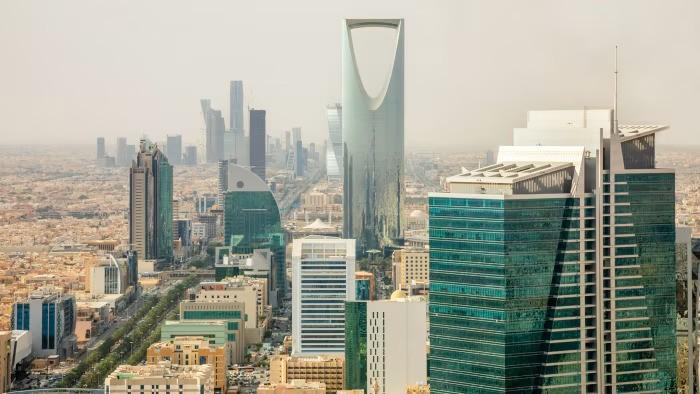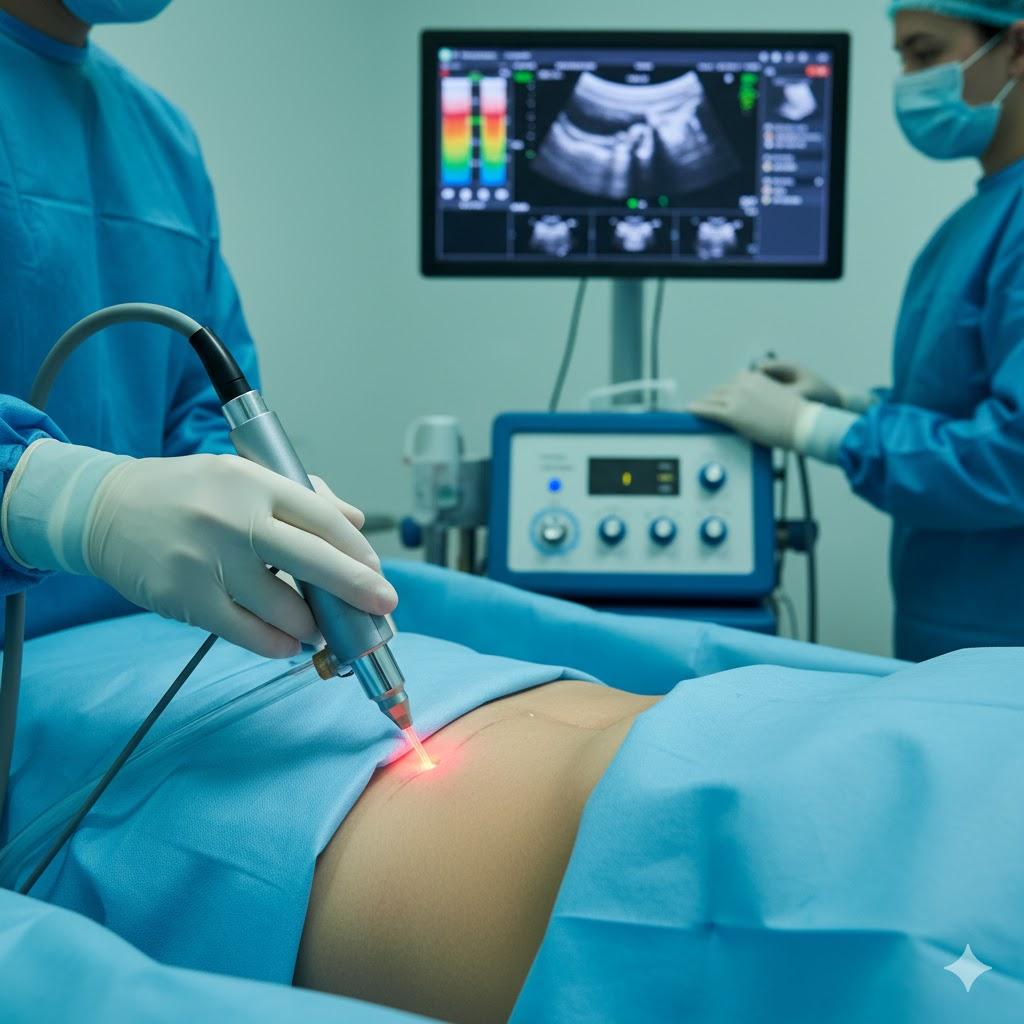Gesponsert
The Role of Foreign Direct Investment in Shaping Saudi Arabia’s 2030 Goals

Saudi Arabia is changing fast. The Vision 2030 plan drives this shift. It aims to grow the economy without oil. Foreign Direct Investment (FDI) plays a big role. It brings money, skills, and new ideas. This guide explains how FDI helps. You will learn about its impact, key sectors, and steps to invest. Read on to see why it matters for Saudi’s future.
What Is Vision 2030?
Vision 2030 is a bold plan. Launched in 2016, it wants to end Saudi’s oil reliance. The goal is a diverse economy. It focuses on three ideas: a vibrant society, a thriving economy, and an ambitious nation.
Key goals include:
- Raise private sector GDP share to 65%.
- Cut unemployment to 7%.
- Boost non-oil growth.
- Attract $100 billion in FDI yearly by 2030.
FDI is central. It brings cash and know-how. This builds new industries. It creates jobs for young Saudis. The plan opens doors for global investors.
Why FDI Matters for Saudi Arabia
FDI means foreign companies invest in Saudi. They bring funds, tech, and jobs. This helps Vision 2030 succeed.
In 2024, FDI hit $20.69 billion. The goal is $29.07 billion. It’s growing but needs more. Saudi ranks 13th in the 2025 FDI Confidence Index. This shows trust in its market.
FDI reduces oil dependence. Oil was 40% of GDP in 2022. Non-oil sectors now grow faster. It also creates jobs. Unemployment dropped to 7% in 2024. Women’s workforce share hit 33.5%.
For investors, it’s a chance. New rules allow 100% foreign ownership. Special Economic Zones (SEZs) offer tax breaks. This makes Saudi a hot spot.
Key Sectors Attracting FDI
FDI flows to many areas. Vision 2030 targets specific ones.
- Tourism: Aims for 150 million visitors by 2030. Projects like NEOM and Red Sea Global draw funds. In 2023, tourism saw $13 billion in spending.
- Technology: AI and cloud computing boom. AI will add $135 billion by 2030. Google’s cloud region launched in 2023.
- Renewable Energy: Saudi plans 50% renewable energy by 2030. Solar and wind projects need investors.
- Healthcare: New hospitals and clinics expand. FDI brings medical tech and skills.
- Logistics: $100 billion in transport projects. Aims to link Asia, Europe, and Africa.
These sectors offer big returns. They align with global trends. For example, a jeddah financial advisory firm can guide you to these opportunities.
Benefits of FDI for Saudi’s Economy
FDI brings clear wins.
First, job growth. New factories and tech firms hire locals. Over 1 million worked in industry by 2024.
Second, tech transfer. Foreign firms share skills. This boosts local talent. Mining grows with new methods.
Third, economic boost. Non-oil GDP grew 3.9% in 2024. FDI fuels this. It supports projects like Qiddiya.
Fourth, global ties. FDI builds trade links. Exports like plastics rise. Top partners include China and the U.S.
Last, sustainability. Green projects cut emissions. FDI in carbon capture grows.
These benefits make Saudi stronger. Investors gain too. High returns await.
Challenges of Attracting FDI
Not all is easy. Hurdles exist.
Global FDI dropped to $1.4 trillion in 2023. Saudi competes for less. Reputation issues linger. Some avoid risks after past events.
Giga-projects like NEOM spark doubts. Costs are high. Returns take time. Investors may wait.
Rules can confuse. Reforms help, but some sectors restrict ownership. Local partners ease this. Investment strategies saudi arabia experts can clarify.
Competition is tough. UAE and Qatar also draw FDI. Saudi must keep reforming.
Despite this, progress shows. FDI rose 24% in Q1 2025. Keep risks in mind. Plan smart.
How FDI Shapes Vision 2030 Goals
FDI drives key targets. Private sector GDP hit 47% in 2024. The goal is 65%. FDI pushes this.
Tourism grows fast. In 2024, 16.92 million Umrah pilgrims came. That beats the 11.3 million target. FDI funds hotels and sites.
Industry expands. Factories rose from 7,206 in 2016 to 12,000 in 2024. FDI brings tech for this.
Jobs increase. Saudization hit 36% in industry. FDI creates roles for youth.
Green goals advance. 115 million trees planted by 2024. FDI in renewables supports this.
FDI ties all together. It builds a diverse, strong future.
Steps for Investors to Get Involved
Want to invest? Follow these steps.
- Research Sectors: Pick areas like tech or tourism. Study growth trends.
- Find Local Help: Work with advisors. They know laws and deals.
- Check SEZs: Look at zones like KAEC. Tax breaks help.
- Start Small: Test with small funds. Scale up later.
- Use MISA: The Ministry of Investment guides. Registration is digital.
- Join Projects: Look at NEOM or Red Sea. Big chances there.
- Stay Updated: Watch policy changes. Reforms happen fast.
These steps make entry smooth. Risks drop with planning.
Success Stories of FDI in Saudi
Real wins show FDI’s power. Grankraft built Sheybarah Hotel. It used Vision 2030 incentives. AstroLabs helped them start.
Aramco’s IPO in 2019 raised billions. Shares keep climbing.
Red Sea Global draws global firms. Resorts open soon. FDI funds luxury.
Tech grows too. Google’s cloud region in 2023 aids startups. AI firms invest big.
These cases prove FDI works. You can join the success.
Conclusion
Foreign Direct Investment shapes Saudi Arabia’s Vision 2030. It brings money, jobs, and tech. From tourism to renewables, sectors grow. Challenges like competition exist. But reforms make Saudi attractive. With $1 trillion in projects, now is the time. Research and act. Be part of Saudi’s bright future.






